
Graphic Designer for churches, businesses, podcasts, and more (#barzonDESIGN) / Author / Bible Translation Nerd / DM me + visit my website 🔗 ⬇️
4 subscribers
How to get URL link on X (Twitter) App


 🧵 1. Direct Prophecies: Promise Before Fulfillment
🧵 1. Direct Prophecies: Promise Before Fulfillment

 🧵 The Meaning of the Word Magi
🧵 The Meaning of the Word Magi
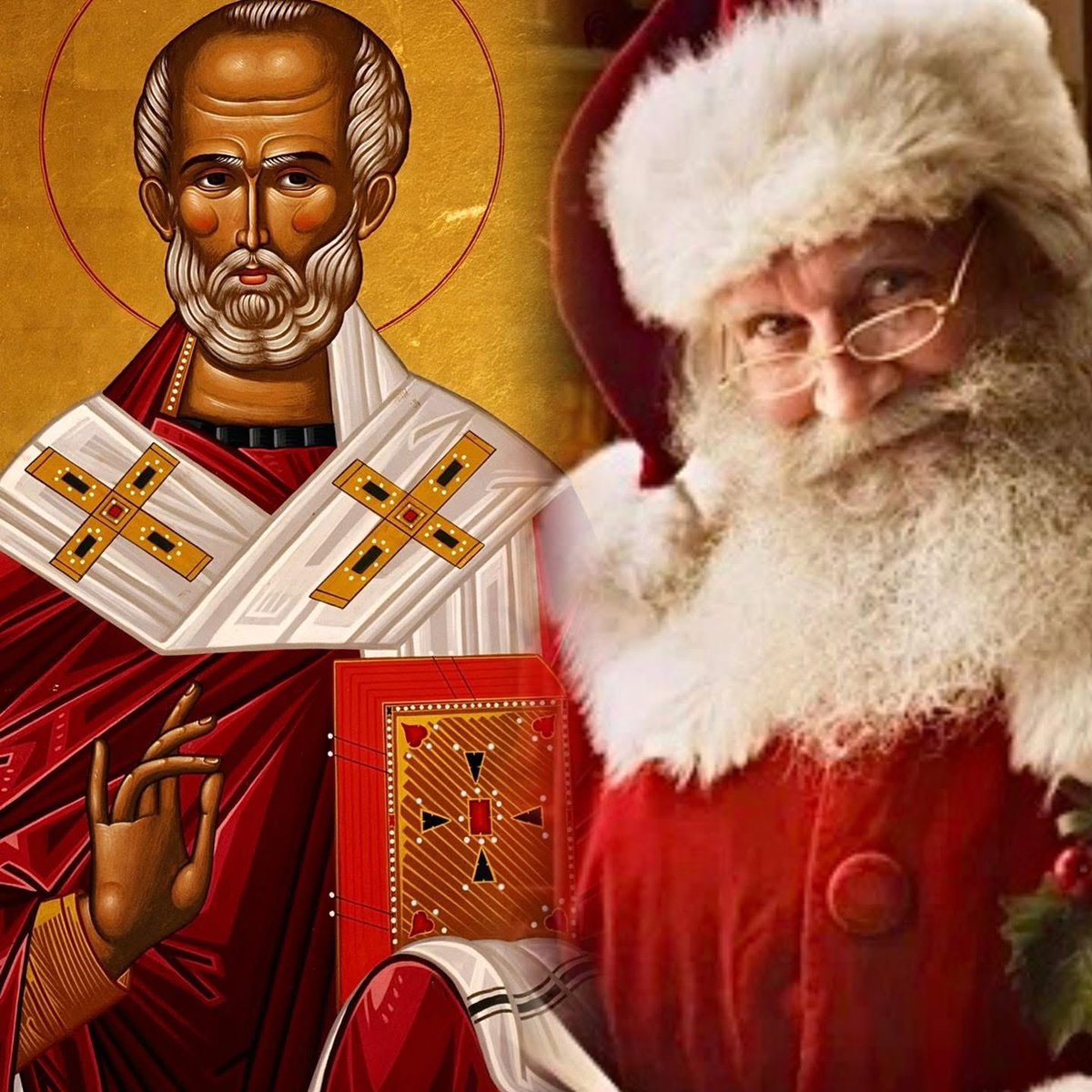
 🧵 St. Nicholas of Myra (AD 270–343)
🧵 St. Nicholas of Myra (AD 270–343)

 🧵 What is Annihilationism?
🧵 What is Annihilationism?

 🧵 1. “Jesus was born on December 25th”
🧵 1. “Jesus was born on December 25th”

 🧵 Early Life of Voddie Baucham
🧵 Early Life of Voddie Baucham

 🧵 Kinds of Prophecies
🧵 Kinds of Prophecies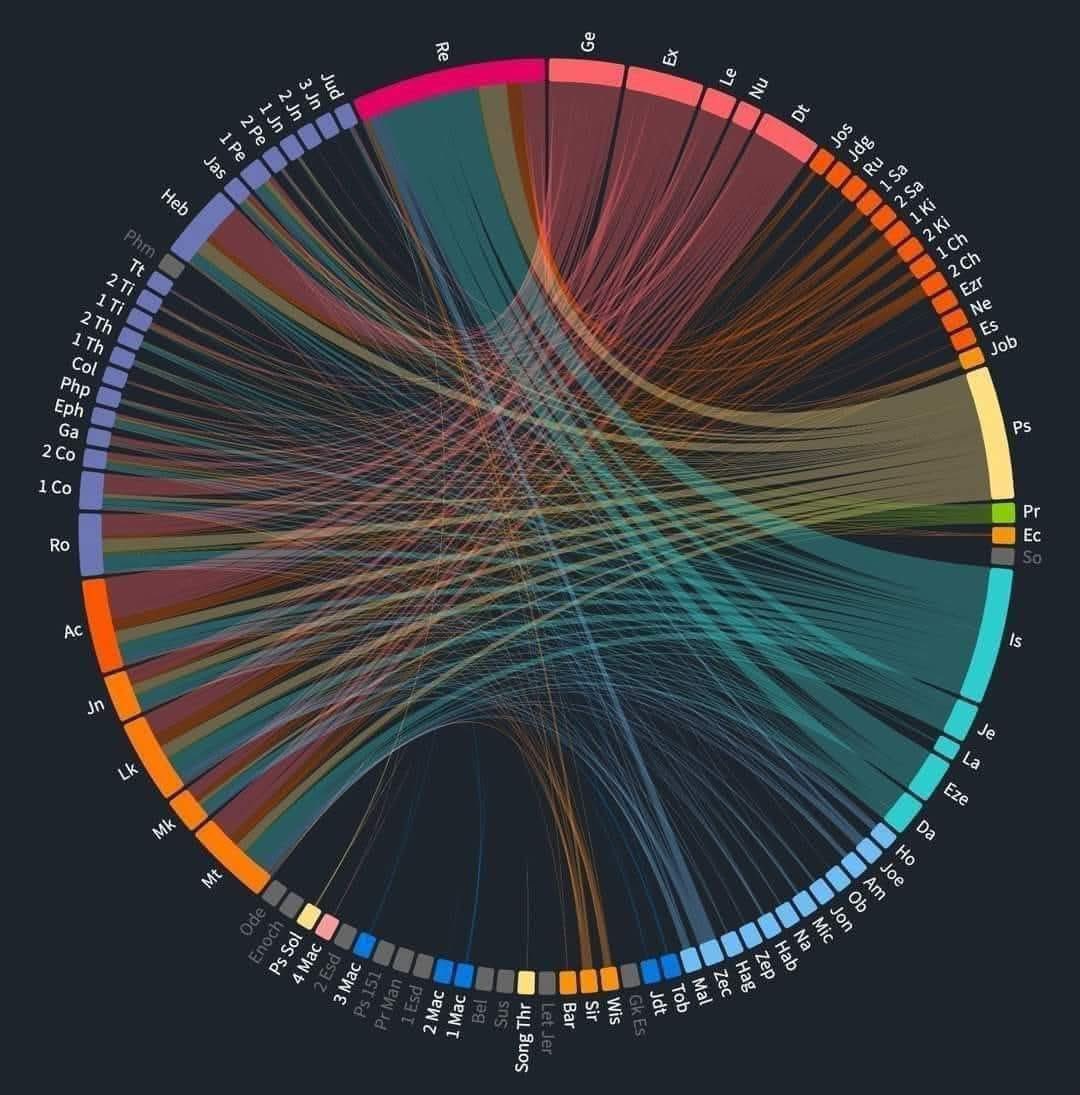
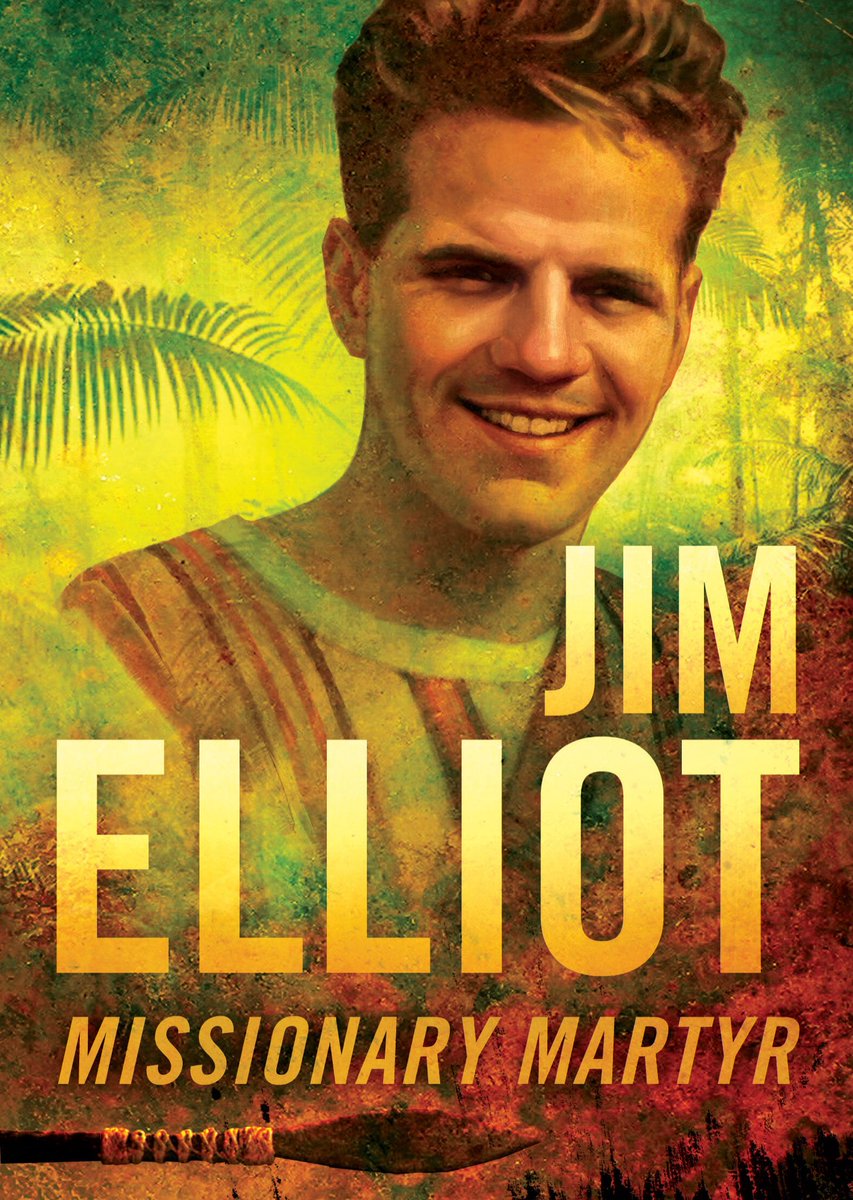
 🧵 The Early Life of Jim Elliot
🧵 The Early Life of Jim Elliot

 🧵1. A Living Link to the Apostles
🧵1. A Living Link to the Apostles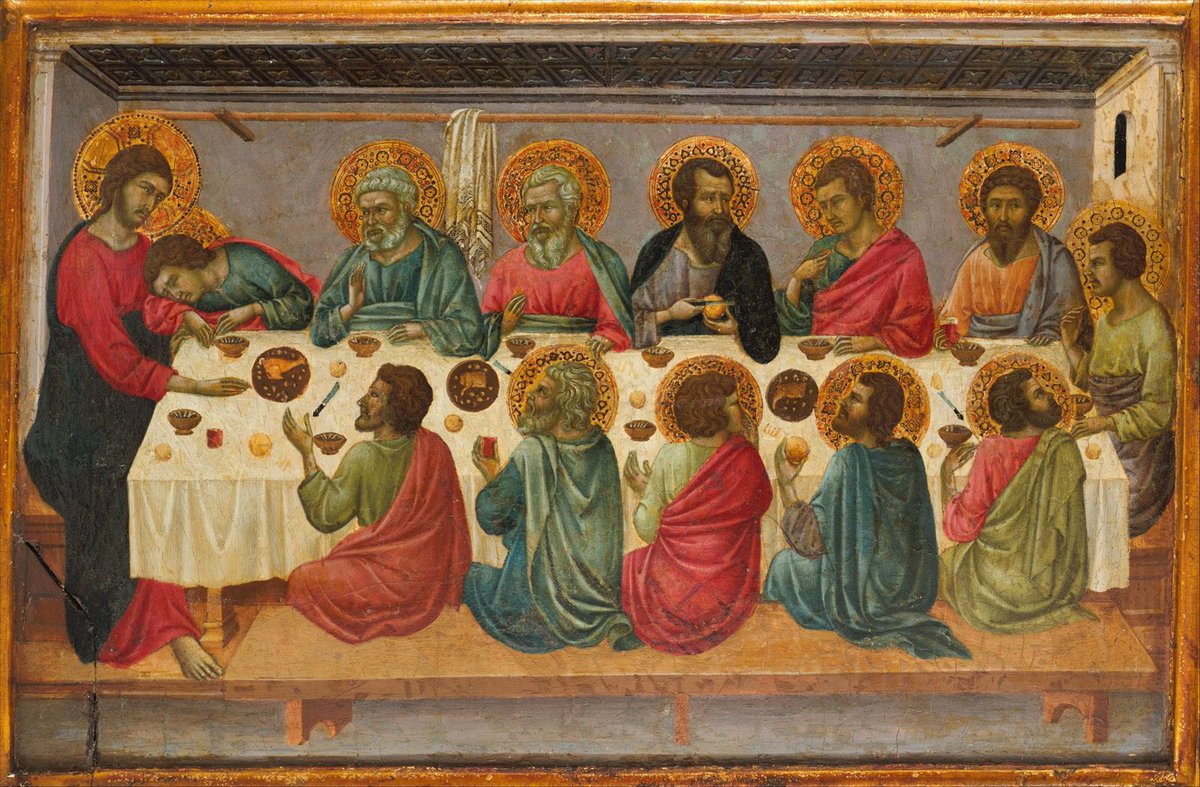
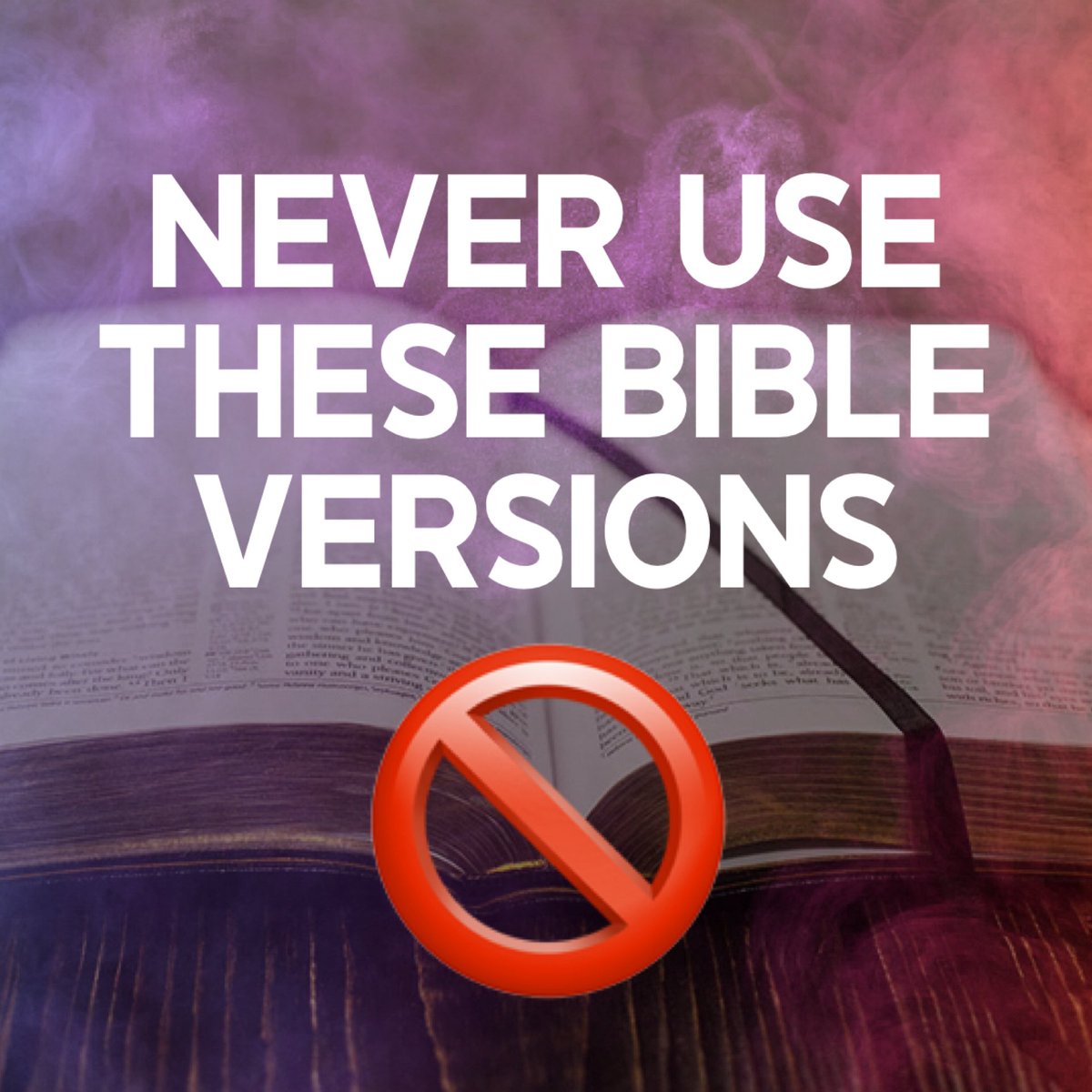
 🧵 New World Translation (Jehovah’s Witnesses)
🧵 New World Translation (Jehovah’s Witnesses)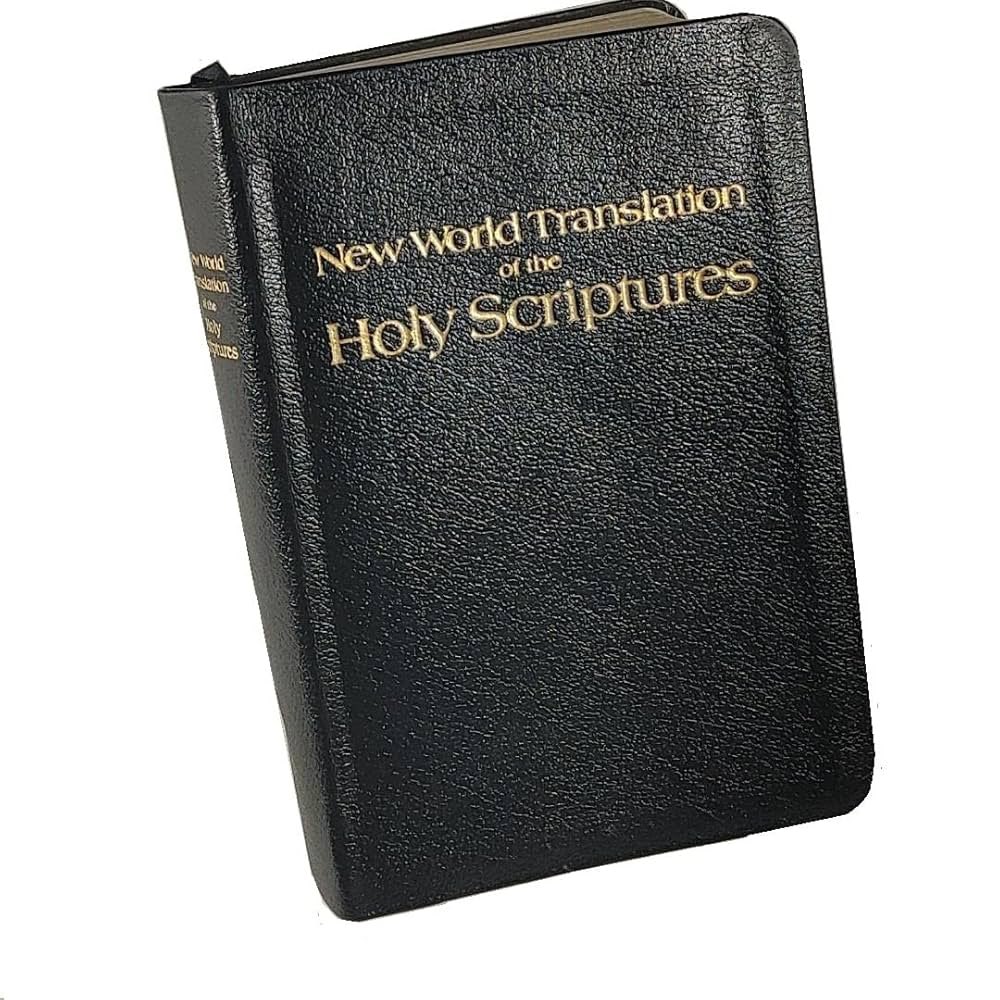

 🧵 The Author
🧵 The Author

 🧵 Mephibosheth’s Family
🧵 Mephibosheth’s Family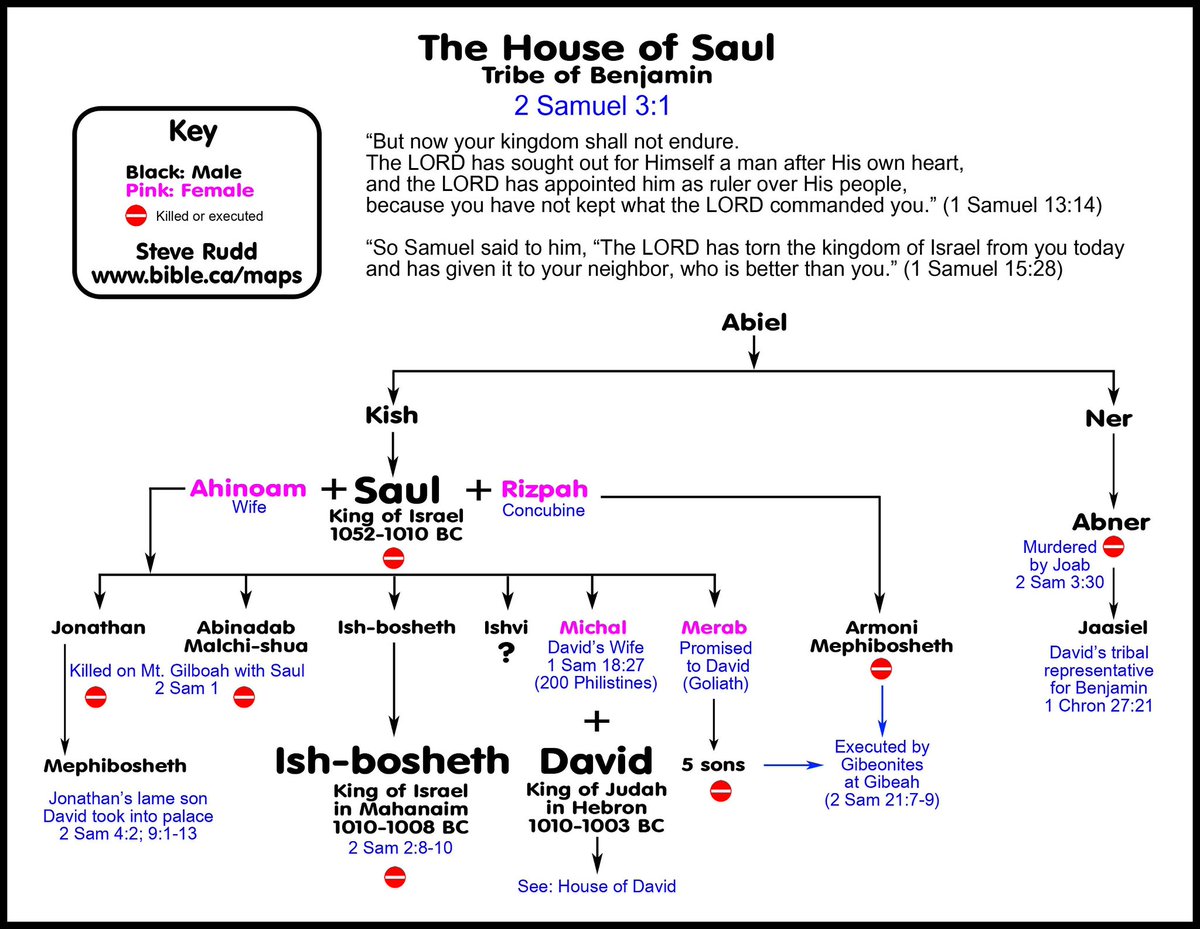

 🧵 A Jew from Alexandria
🧵 A Jew from Alexandria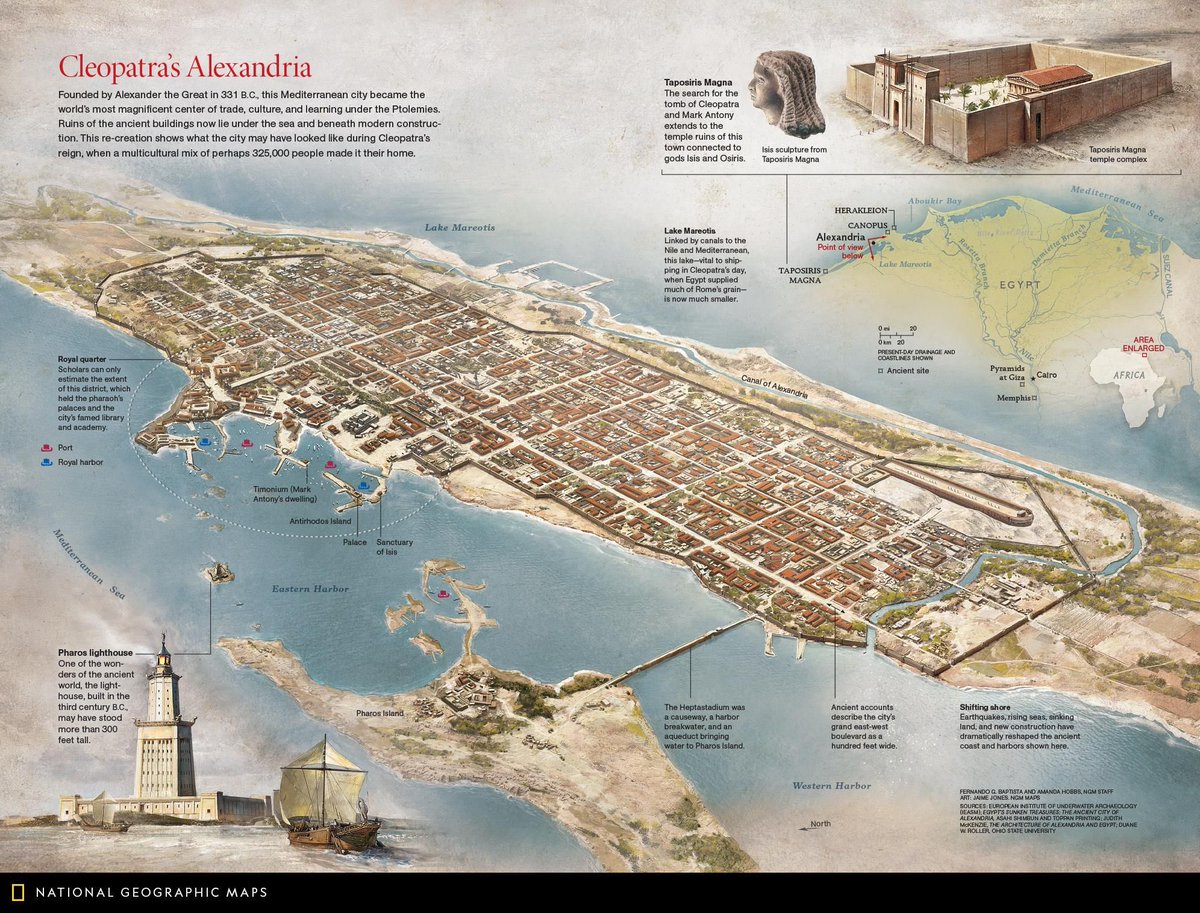
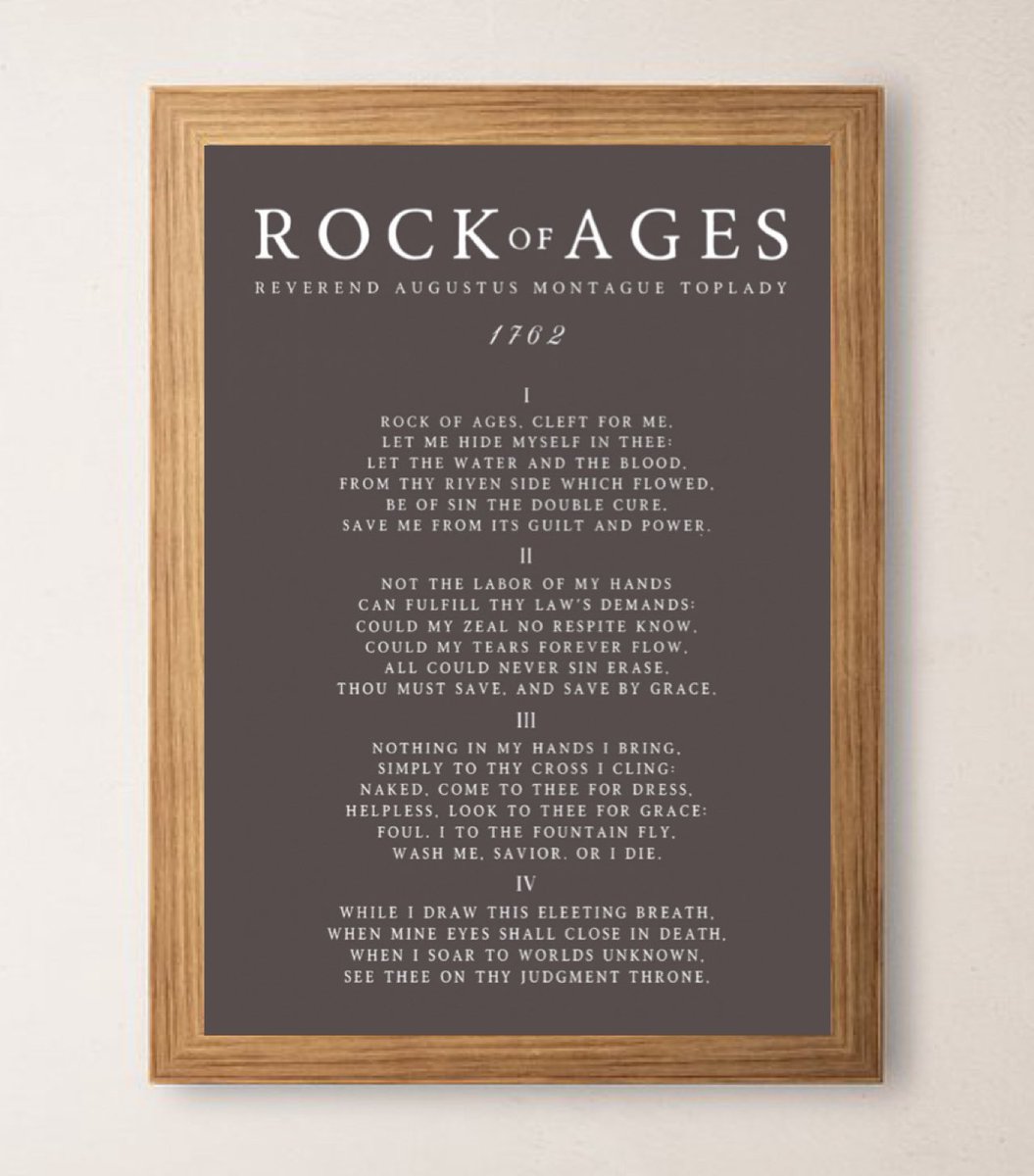
 🧵 The Preacher Behind the Hymn
🧵 The Preacher Behind the Hymn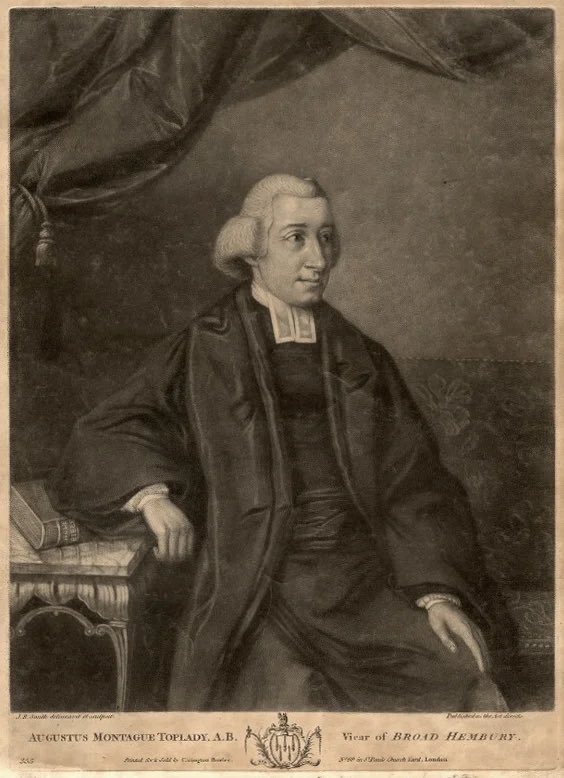

 🧵 The Mystery of Melchizedek
🧵 The Mystery of Melchizedek

 🧵 The Origin Story of the CSB: Seeds of a New Translation
🧵 The Origin Story of the CSB: Seeds of a New Translation

 🧵 1. A Simple Farmer, A Dangerous Conviction
🧵 1. A Simple Farmer, A Dangerous Conviction

 🧵 1. The Author of the Hymn
🧵 1. The Author of the Hymn

 🧵 Origins in the RSV
🧵 Origins in the RSV

 🧵 In 1611, the King James Bible was released after being crafted by 50+ scholars across six committees. What most don’t know is that it came with a preface, The Translators to the Reader. Missing from most editions today, this forgotten letter reveals their true intentions and dispels common myths about the KJV.
🧵 In 1611, the King James Bible was released after being crafted by 50+ scholars across six committees. What most don’t know is that it came with a preface, The Translators to the Reader. Missing from most editions today, this forgotten letter reveals their true intentions and dispels common myths about the KJV.

 🧵 1. The Gettys & Their Mission
🧵 1. The Gettys & Their Mission